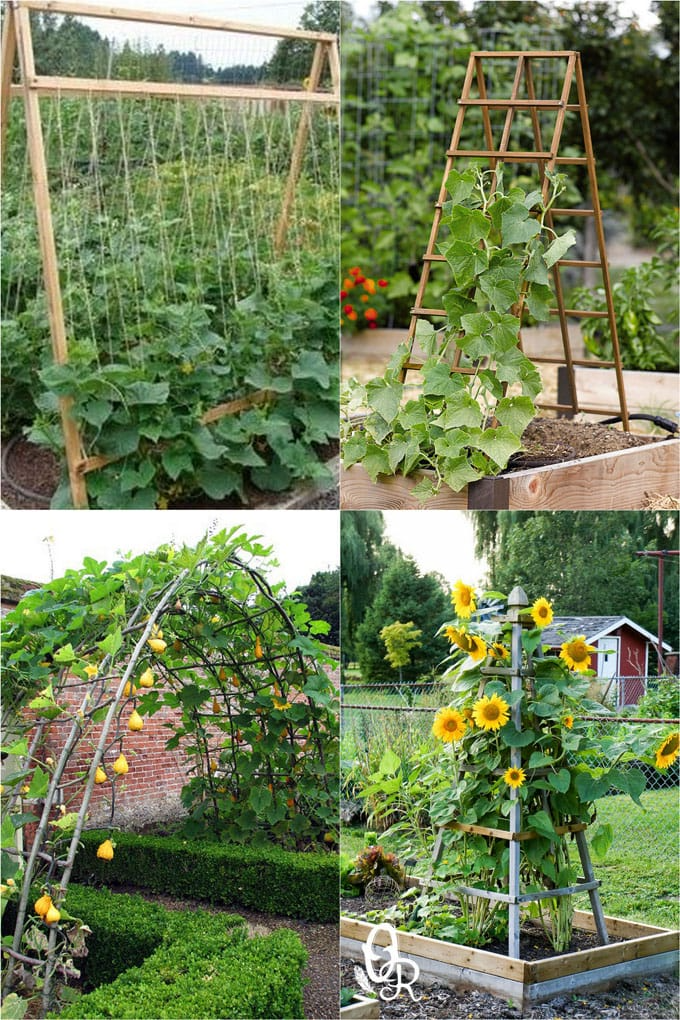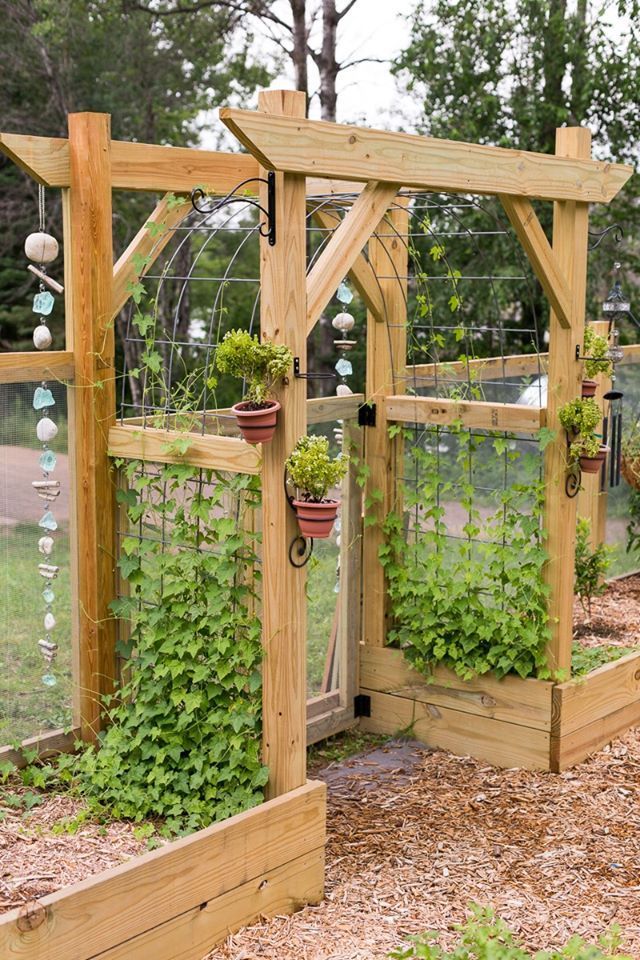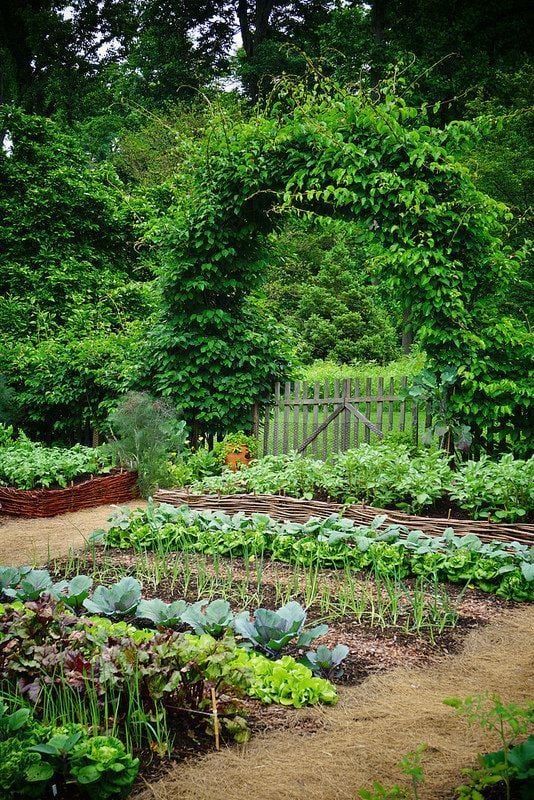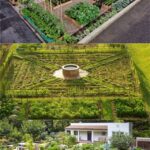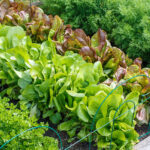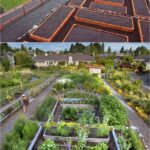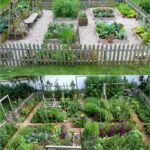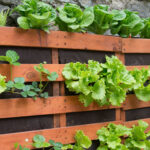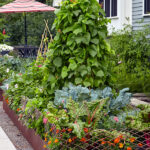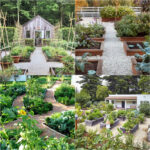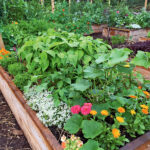When planning a vegetable garden, the layout is an important factor to consider in order to maximize space and efficiency. There are several different design layouts that can be utilized based on the size and shape of the garden space, as well as personal preferences.
One common layout for a vegetable garden is the traditional row design. This layout consists of planting rows of vegetables in straight lines with pathways in between for easy access. The rows can be either parallel or perpendicular to the direction of the sun to optimize sunlight exposure for the plants.
Another popular design layout is the raised bed garden. Raised beds are built above ground level and can be filled with a nutrient-rich soil mix. This design is ideal for small spaces and provides better drainage and soil aeration. Raised beds can be arranged in a grid pattern or in curved shapes for added visual appeal.
For those looking for a more artistic and visually appealing design, a wheel-shaped garden layout can be a great option. This design features a central focal point, such as a fountain or statue, with paths radiating out like spokes on a wheel. The garden beds can be shaped like pie slices around the central point, creating a unique and beautiful layout.
A square foot gardening layout is another efficient design for small spaces. This method involves dividing the garden into square foot sections and planting crops according to the spacing recommendations for each plant. This layout reduces wasted space and makes it easier to plan and manage the garden.
Companion planting is another important aspect to consider when designing a vegetable garden layout. Companion planting involves planting compatible crops together to help deter pests, improve pollination, and maximize space. For example, planting marigolds near tomatoes can help repel pests and improve soil health.
Ultimately, the best vegetable garden layout will depend on the specific needs and preferences of the gardener. By considering factors such as garden size, sunlight exposure, soil quality, and aesthetic preferences, it is possible to create a functional and beautiful garden that produces a bountiful harvest of fresh and healthy vegetables.
